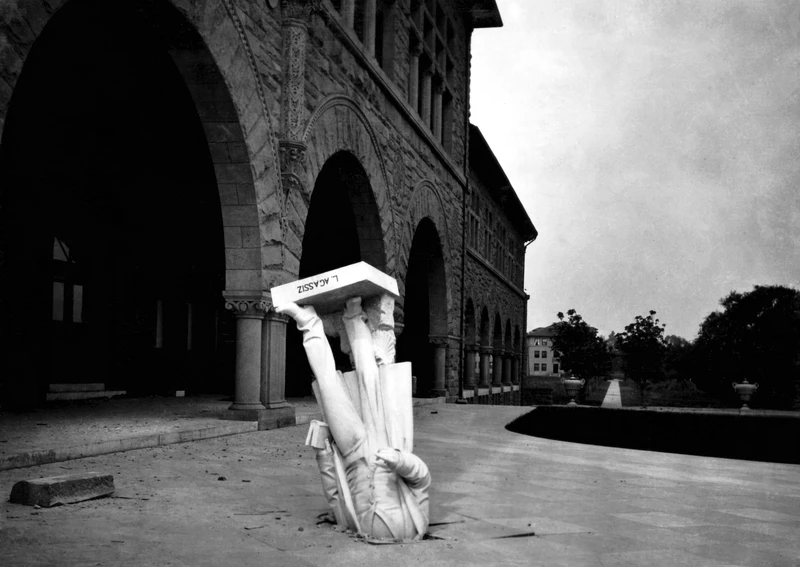Sasha Huber: YOU NAME IT
11 Nov 2022-25 Mar 2023
PV 10 Nov 2022, 6-8pm


Sasha Huber explores how colonial histories are imprinted into the landscape through naming and acts of remembrance - asking what actions it might take to repair the inherited traumas of history.
YOU NAME IT brings together over a decade of Huber’s work, prompted by the campaign Demounting Louis Agassiz. Initiated in 2007 by Swiss historian and activist Hans Fässler, the campaign seeks to redress the legacy of the Swiss-born glaciologist and racist Louis Agassiz (1807–1873). His scientific contributions to the fields of glaciology, palaeontology and geology resulted in over 80 landmarks bearing his name on Earth, the Moon, and Mars. Less well known, however, was Agassiz’s legacy of ‘scientific’ racism, and how he used his position to actively promote the subjugation, exploitation, and segregation of Black people and other people of colour. He commissioned J.T. Zealy (1812-1893) to photograph enslaved people on the Edgehill plantation in South Carolina in March of 1850, using the technology of photography to further his eugenics campaign.
At the heart of this exhibition is Tailoring Freedom, including portraits of Renty and Delia Taylor, an enslaved Congolese father and daughter whose portraits were forcibly taken by Zealy and used by Agassiz. Huber reproduced Zealy’s daguerreotypes onto wood and used her signature staple gun method to ‘dress’ Renty in a suit inspired by Frederick Douglass (1818–1895), and Delia in a clothing inspired by Harriet Tubman (1849–1913), honouring the contributions of both abolitionists. These works are shown alongside Huber’s video, photography, performance and research unearthing Agissiz’s racist legacy, and efforts to remove his name from a mountain in the Swiss Alps and replace it with Renty’s – one of the goals of the Demounting Louis Agassiz campaign.
Huber’s desire to use art to heal colonial and historic traumas can be seen throughout the exhibition. The artist uses a staple gun to “symbolically stitch wounds together”, creating visually arresting portraits. This technique can be seen in The Firsts – Tilo Frey, commemorating the Swiss-Cameroonian politician who campaigned for women’s rights and suffrage in Switzerland; and in Khadija Saye: You Are Missed, honouring the late artist, activist and carer who died alongside her mother in the Grenfell Tower fire in 2017.
Presented in the gallery window is Space Race, Huber’s 3d animation reflecting how racist histories have influenced cosmic colonisation. She asks us to consider “what’s in a name” and what do we evoke on earth – and beyond – with these names?
Huber’s artworks present a vision for the ways we can tenderly, and with care, refute the damage already inflicted by history. In challenging the terms by which we remember, the artist asks who and what we memorialise, and more importantly, how we do so.
Curated by Renée Mussai, Mark Sealy and Bindi Vora